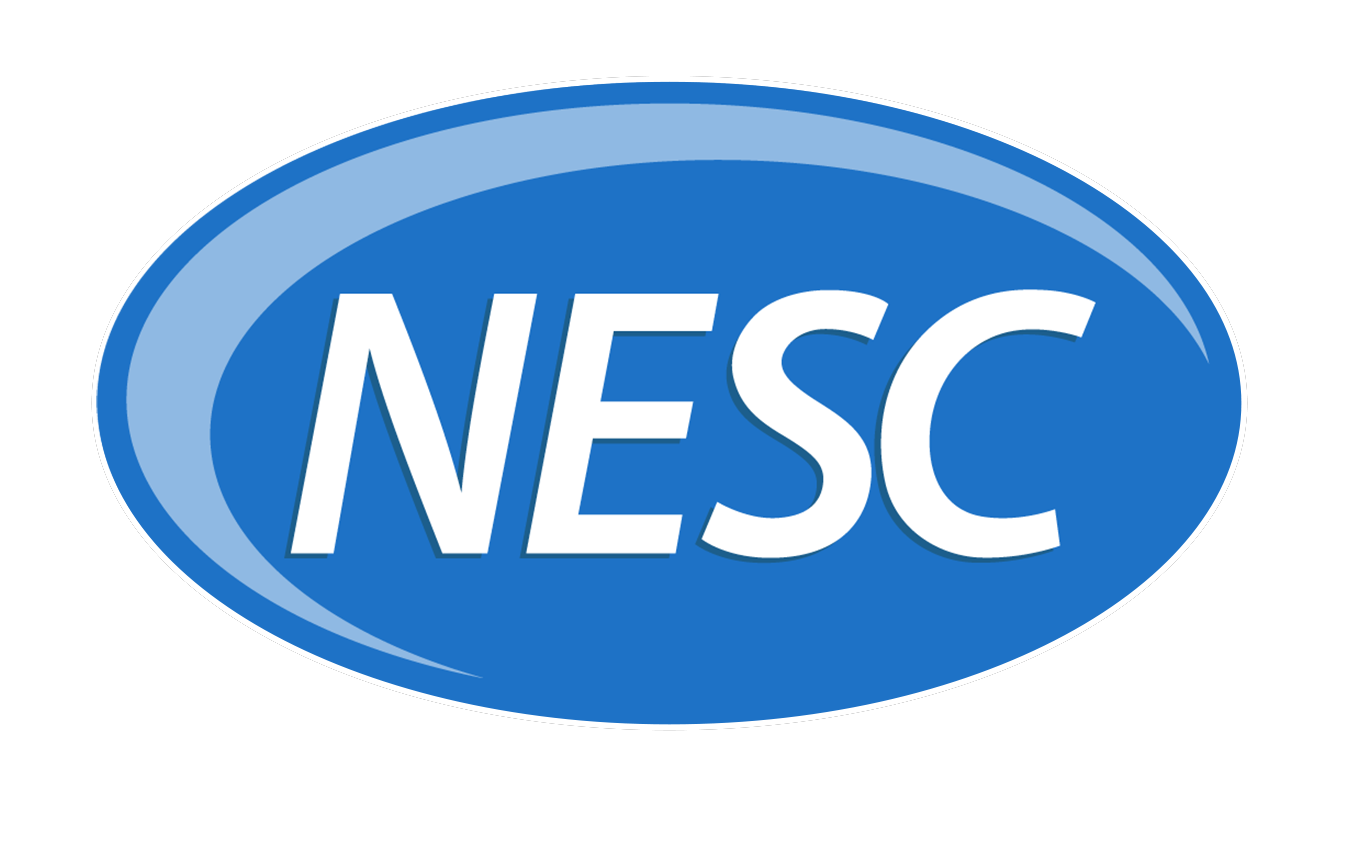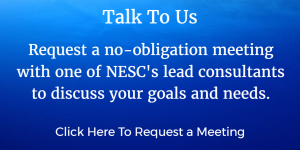The release this week of Giving USA 2018: The Annual Report on Philanthropy for the Year 2017 contained both encouraging trends as well as signs of potential concern that nonprofit board members should be thinking about as they plan their fundraising efforts.
As expected, charitable contributions increased significantly in 2017, reaching $410 billion, up 5.2% compared to 2016. All four major sources (Individuals, Foundations, Bequests, and Corporations) increased their giving, and almost all nonprofit sectors saw an increase in donations received.
But behind the topline data, there are important warning signals that have implications for nonprofit fundraising in the future:
- The increasing importance of foundations. Although individual giving still accounts for 70% of total donations, the number of individual donors has been declining for years, and foundations are both the fastest growing source of funds and the fastest growing recipient of funds. Giving by foundations has grown by an average of 7.6% per year over the past five years – nearly double the rate of other sources. And in 2017, contributions to foundations increased by 15.5% – more than any other nonprofit sector.
- More donations directed to organizations that don’t necessarily spend the money immediately. Although not broken out specifically, contributions to donor-directed accounts in particular have been increasing sharply, and this is behind the growth in giving to “public society benefit” organizations. Combined with the growth of foundation giving, this highlights the increasing importance of wealthy donors for most nonprofit sectors.
- The impact of changes in federal tax laws. There was a marked increase in contributions at the end of 2017, as donors took advantage of the higher tax benefits available for charitable contributions prior to implementation of the new federal tax law. It is likely that the new tax law will have a negative effect on contributions in 2018.
Now more than ever, it is important to make sure that your board plays a central role in your organization’s fundraising efforts. Great nonprofit boards don’t just focus on governance and strategy. They recognize the connection between financial resources and program delivery, and therefore play a key role in fundraising.
You are not alone if you wish your board were more engaged with – and more effective at – fundraising. According to multiple surveys, fundraising tops the list of challenges that nonprofits and their boards face:
In a BoardSource survey, fundraising topped the list of nonprofit board challenges and received the lowest performance grades from both Board Chairs and Executive Directors.
In an NPCC Needs Assessment Survey, the top two challenges identified were fundraising-related: Nurturing donor relationships (60%) and Board fundraising (58%).
There are several steps you can take to help make your board more involved in – and effective at – fundraising:
- Create a culture of fundraising within your organization.
Make sure that board members understand what’s expected of them and that fundraising is a key part of their role.
- Train and coach your board on how to do fundraising.
Make sure that the importance of fundraising is reinforced during orientation of new board members, and provide guidance for all board members about the various ways in which they may be able to contribute. Help them identify how they can contribute to the effort in ways in which they feel comfortable. For example, some may be good at generating names or making introductions or thanking donors, while others may be better at making the pitch for money.
- Focus first on making connections and networking.
Successful fundraising starts with building a pipeline of prospective donors and cultivating those relationships. Not everyone is good at asking for money, but everyone knows people. Be sure your board members know the elevator speech for your organization and can communicate it with enthusiasm. This is where board members can make their most important contribution.
- Think of fundraising as a sales process.
The process starts with identifying prospects, and then feeding them into the funnel where some are encouraged to become first-time givers and then cultivated to ultimately, hopefully, become major donors. This process needs to be explicitly managed, with the board and staff working together to use their time and talents to best advantage.
- Commit appropriate resources to fundraising.
Depending on the size of your organization, having one or more full-time staff members focused on fundraising and development can pay for itself many times over. The board should review this as part of its governance role and make sure the organization has adequate staff resources focused on fundraising.
- Develop a specific plan for obtaining funding from foundations.
Identify a list of foundations to target for funding, and make sure you understand their funding criteria and requirements. Foundations are more receptive to nonprofits that have a clear mission, measurable goals, and processes in place to be able to track metrics that show how effective the foundation’s grant has been in helping to achieve its intended goals.
As noted, there are both good news and warning signals on the fundraising front. To ensure long-term success, nonprofits are continuing to explore strategies to revise their mix of sources to include foundations, bequests, and corporations, while also seeking to reach nontraditional audiences using online and social media.
And further good news: boards are improving at establishing explicit fundraising expectations and increasing member giving – 86% of board members give, up from 60% in 1994.
But “give or get” is not good enough. To fundraise successfully, your organization needs to follow the 6 R’s of fundraising: research, romance, request, recognize, retain, and renew donors. And it needs to focus more of its efforts on obtaining funding from foundations.
What more could your board be doing to help the effort? Consider having a board offsite meeting to focus on fundraising. A facilitated offsite can be a great way to identify any changes necessary to improve your fundraising effectiveness, to focus priorities, and to develop an actionable plan that will make the best use of your resources to increase revenue.
Try this 6-minute video to help stimulate your planning.
Agree? Disagree? Share your thoughts in the Comments below.

